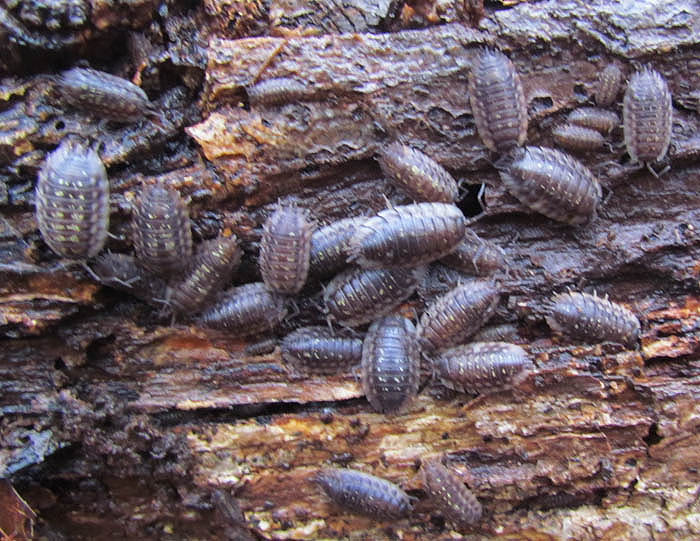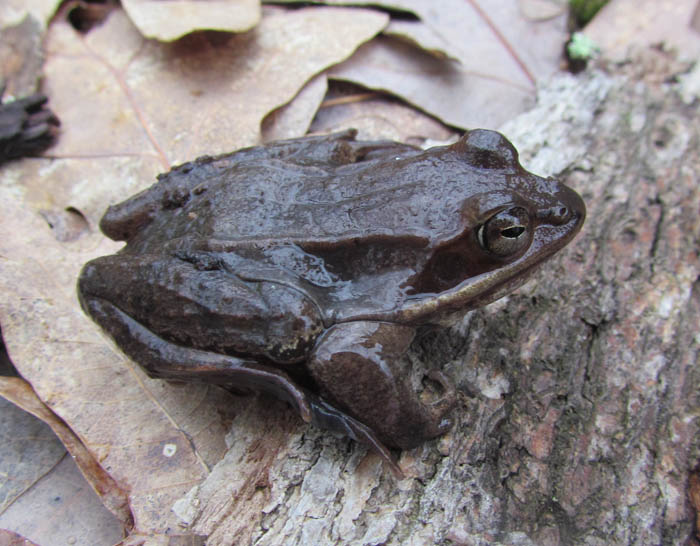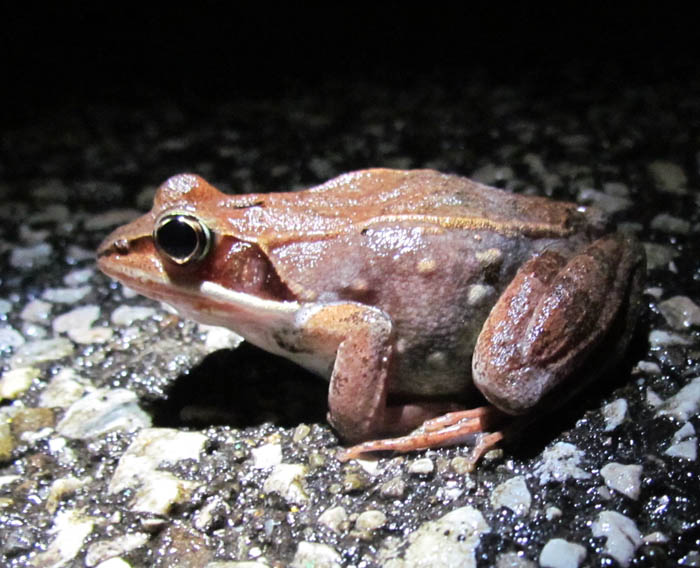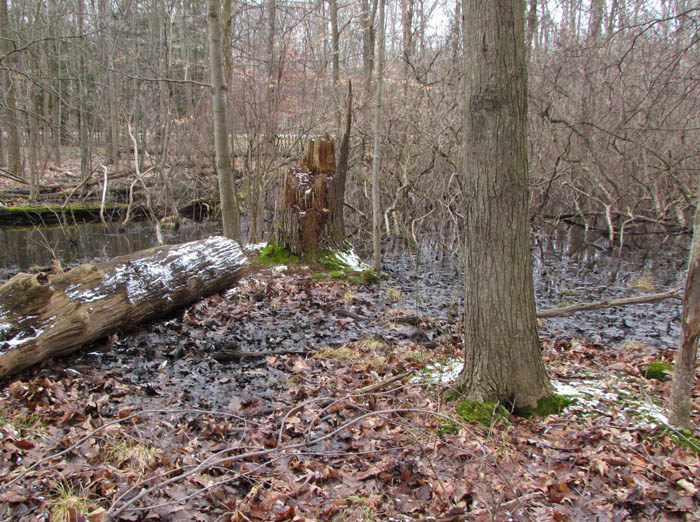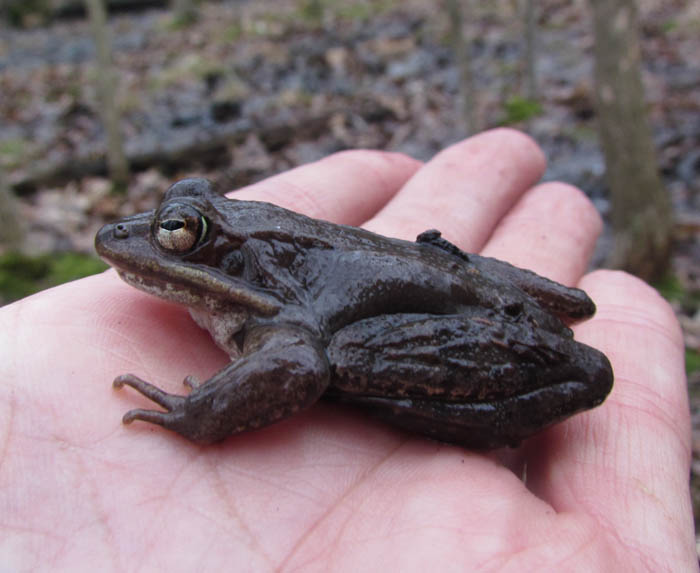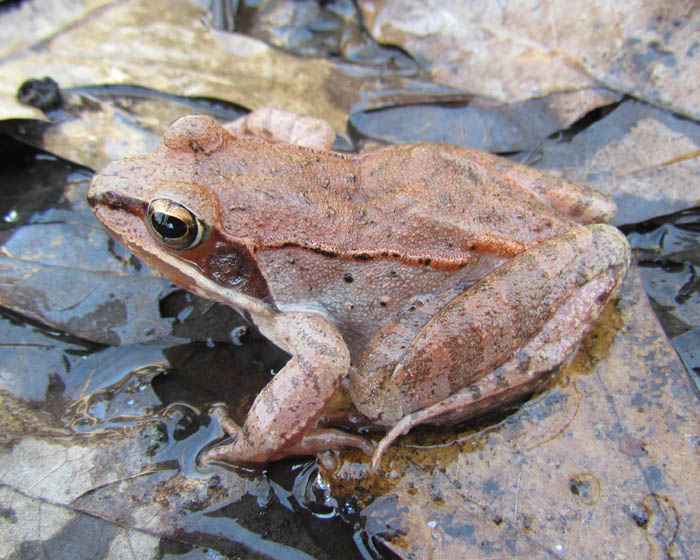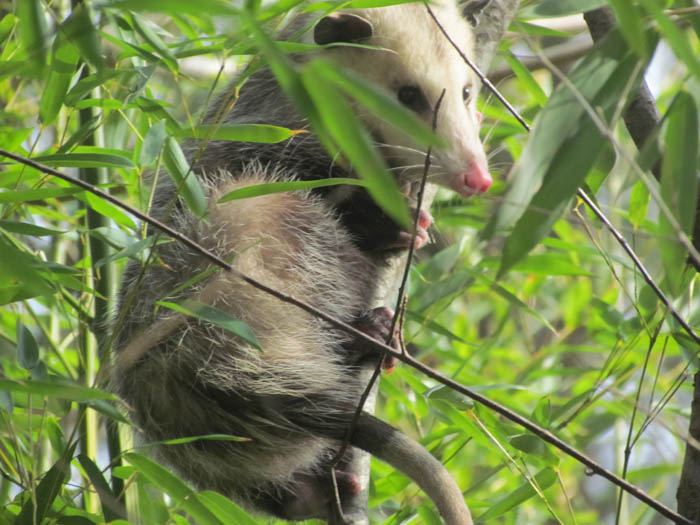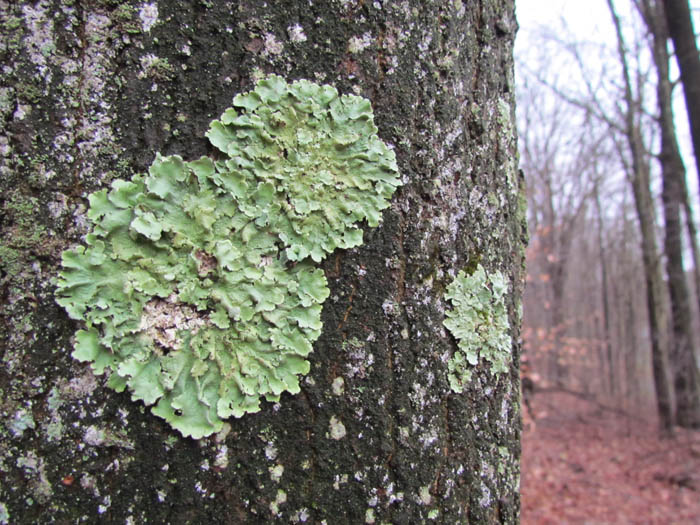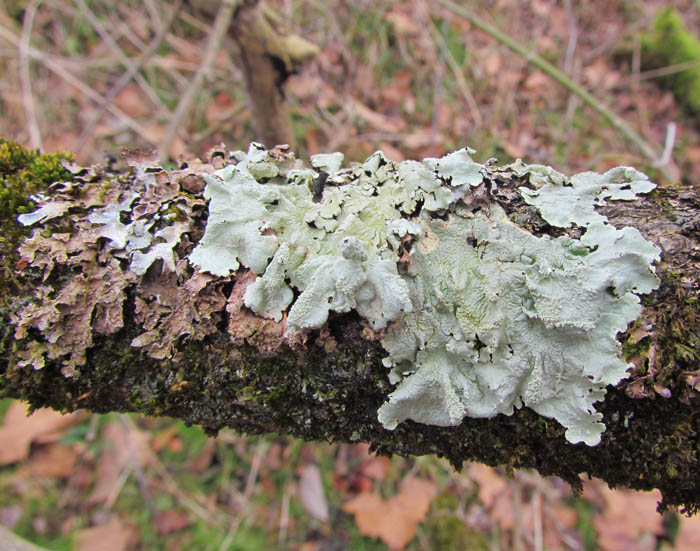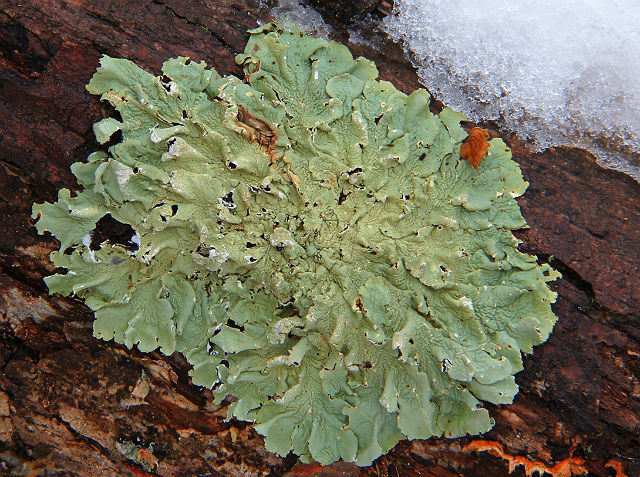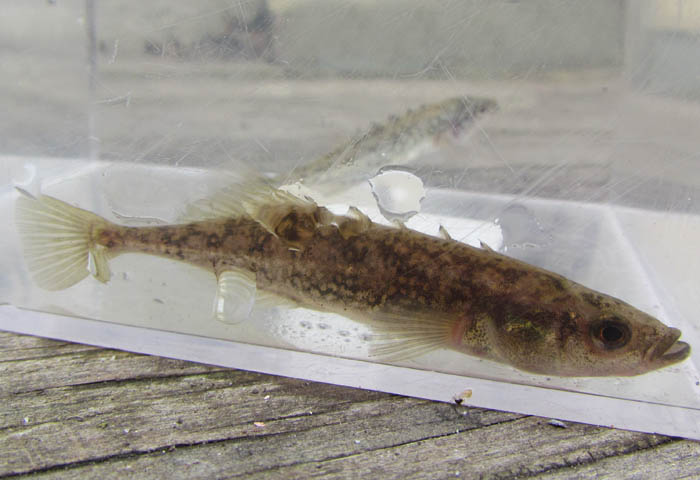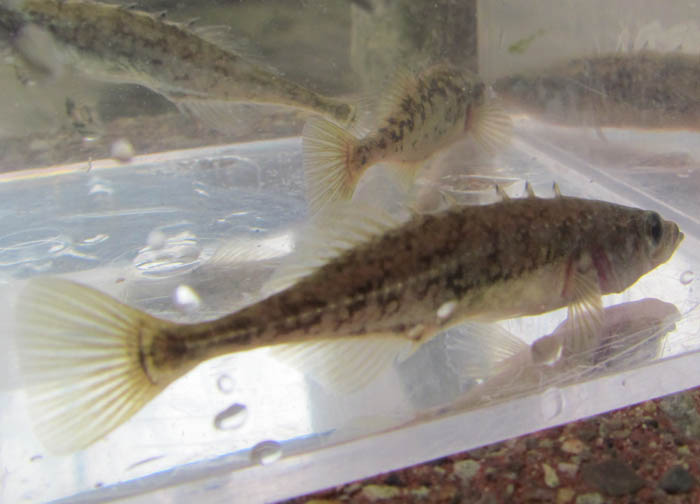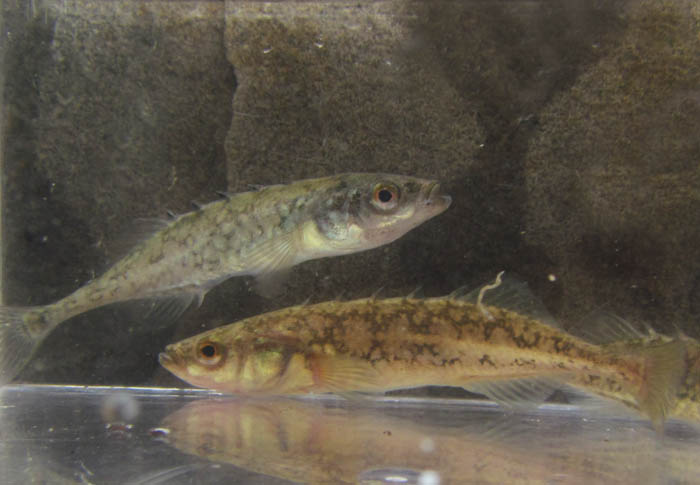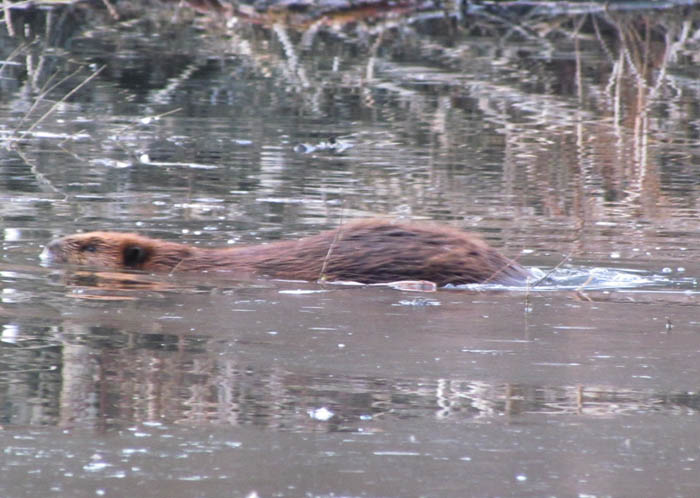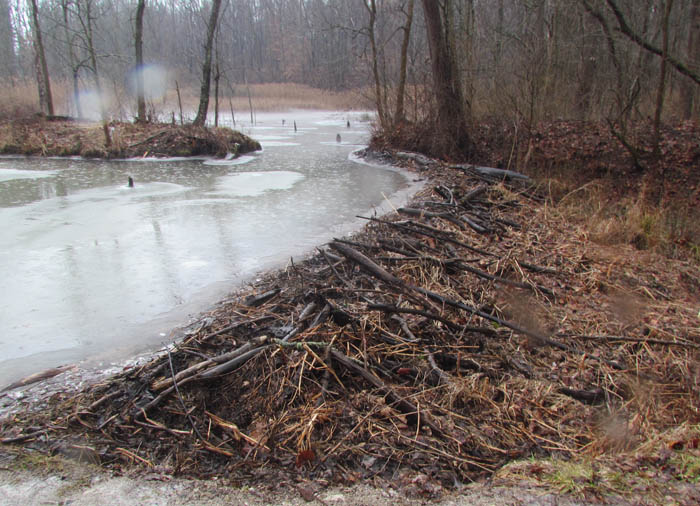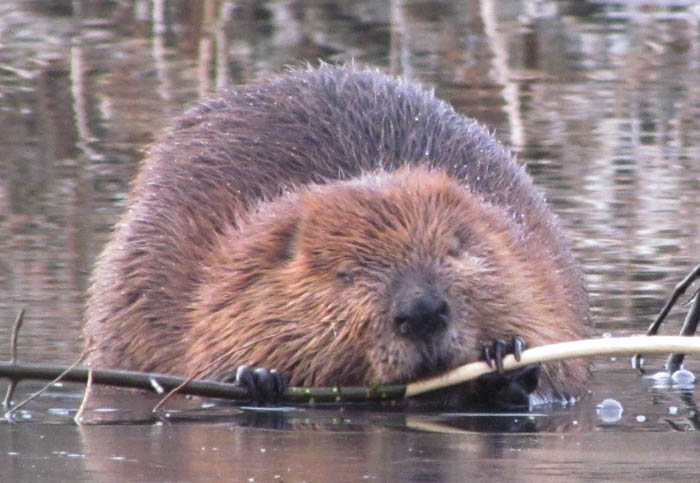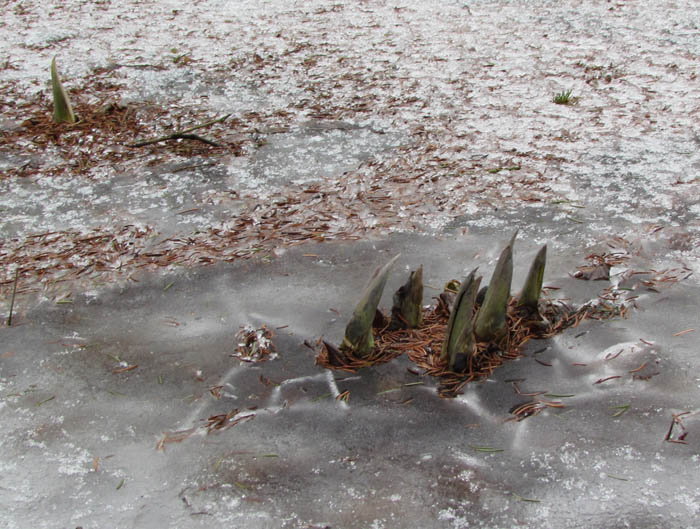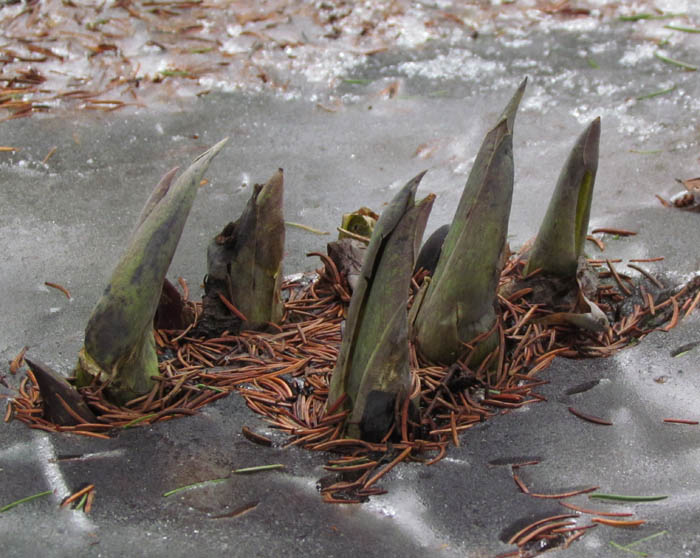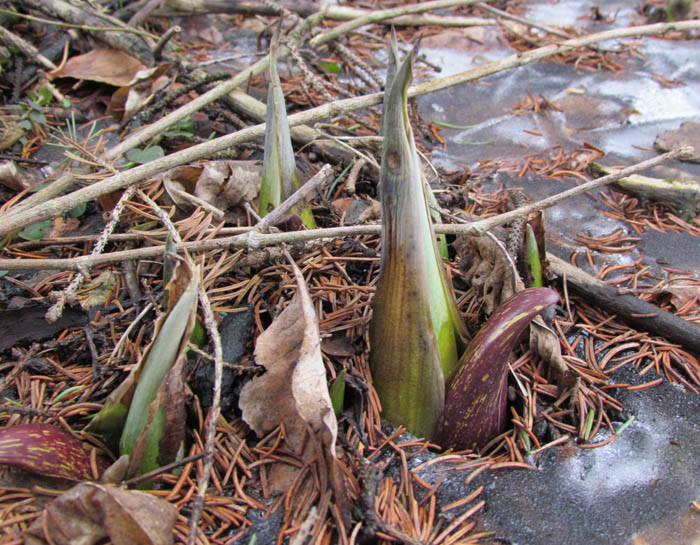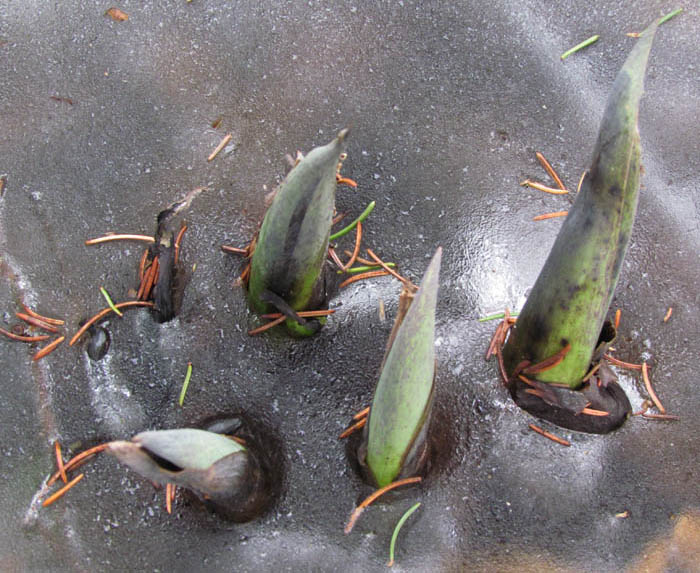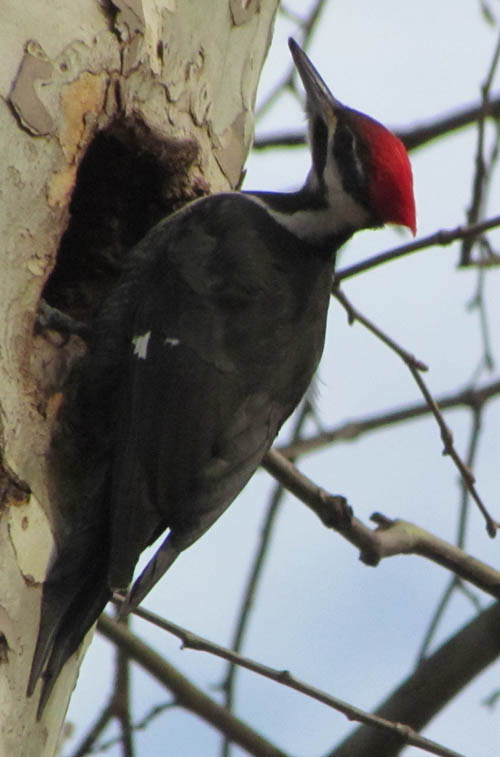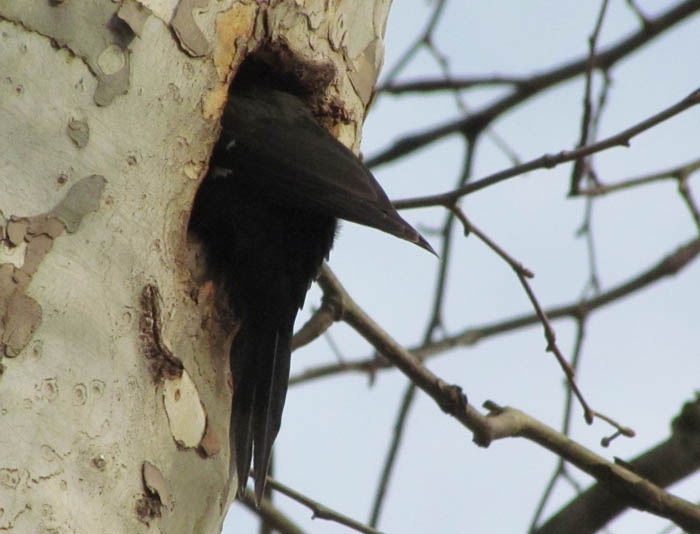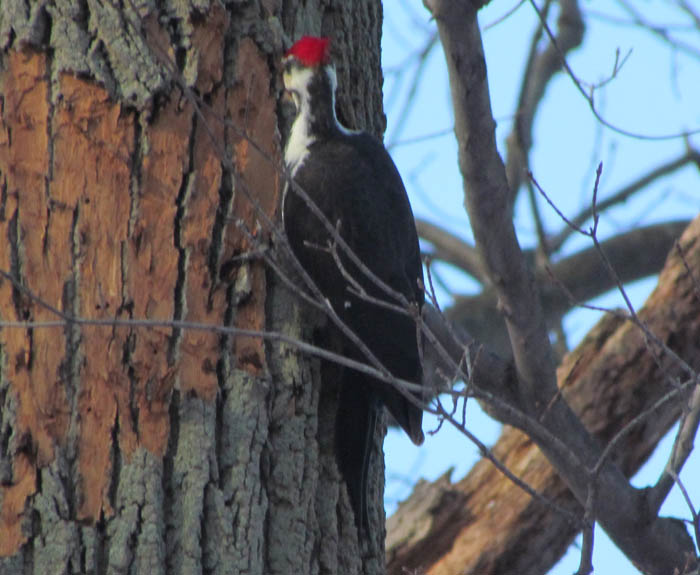Though the forest is mostly brown these days, there are a few spots where green can be seen, like on patches of Ohio Haircap Moss. It is found on soil, logs and rocks in hardwood forests of Eastern North America, New Mexico and Europe.
Mosses have no vascular system, which is a network of tubes that transport water and nutrients. Plants without vascular systems cannot grow very large. These are actually “carpets” of individual plants. They are rarely taller than one inch high.
Another characteristic of mosses is that they require water to reproduce, rather than having a flower, like most plants. Mosses are primitive plants and like their ancestors, they are aways found in moist situations. They colonized on land almost half a billion years ago.
The leaves have a unique adaptation that allows them to better withstand dry conditions. Under moist conditions, leaves spread away from the stem and permit a maximum use of light when moisture is adequate.
However, under dry conditions, the leaves curve and twist around the stem. This behavior minimizes water loss. The central stems form tough, pliable strands that “back in the day” were used to make small brushes.
Never underestimate the power of moss. Recent research indicates the the arrival of the first land plants triggered a series of ice ages, by cooling the Earth’s climate due to reducing the atmospheric carbon levels.













